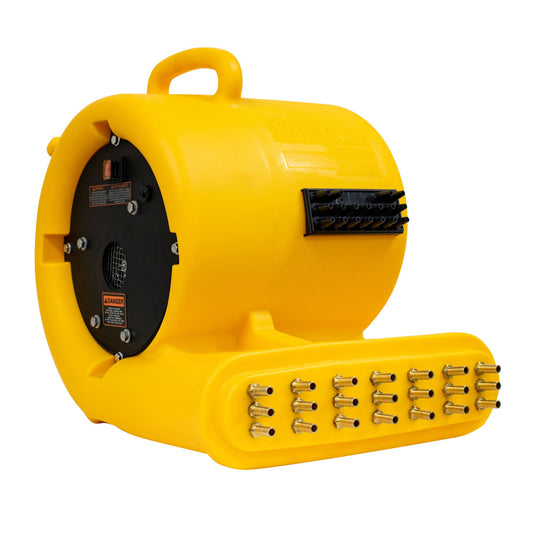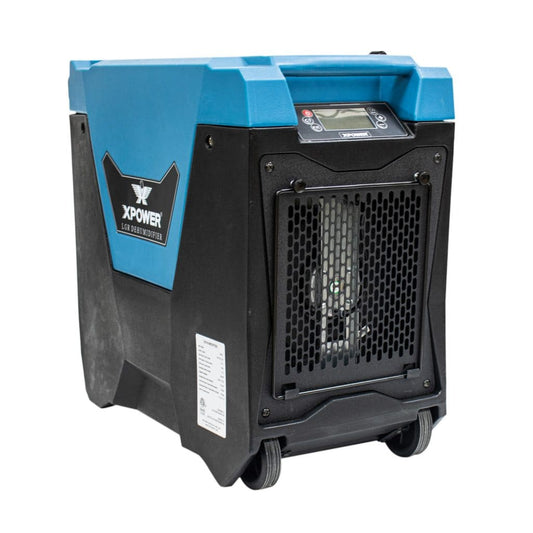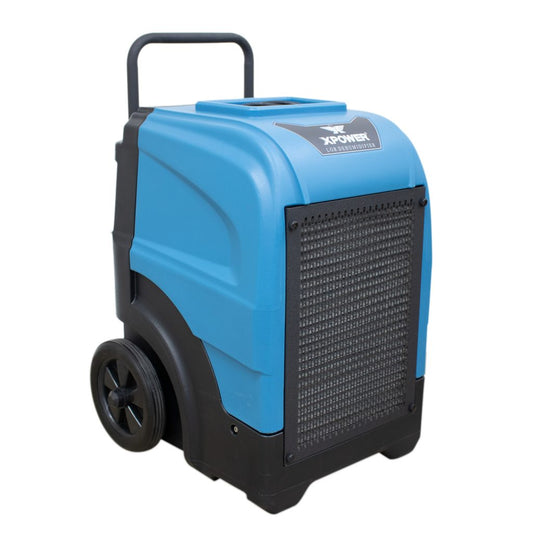Water restoration can be a very rewarding business both financially and personally because you spend your whole day helping people. If you’re ready to get into the business, take these tips with you and get working!
1. Craft a Solid Business Plan: Draft a simple business plan; it will change later.
- Value Proposition: Define what sets your restoration services apart.
- Marketing Plan: How are people going to find out about you? Google Ads, plumber referrals, relationships with condominium corporations? Think about it!
- Cost of Starting Up: You can quite literally start getting work by investing less than $5,000 in total if you are renting equipment to start with. Once you are getting more steady work or if you have, pardon my French, balls of steel, you will want your own equipment from the start. All-in should be under $10,000 to start with, not including vehicle.
2. Choose a Memorable Business Name: Don’t spend too much time here, but not too little—it’s annoying to change later.
- Short and Simple: Easy to remember and spell. Something like Flood Buds Restoration—please don’t take our business name, though.
- Relevant: Reflects the nature of your services; include the word Restoration in it.
-
Logo: we created this one in 30 minutes, get creative in Paint

3. Where Will You Operate
Pro tip: avoid starting up a restoration company in the busiest cities. You can get much easier work if you start in a smaller market. Your cost of doing business will also be much lower to rent your office and storage space.
4. Understand Legal and Tax Obligations: Consult with an accountant and lawyer.
- Determine Tax Responsibilities: Understand your tax obligations and potential deductions. Register for GST and whatever provincial tax system you operate under.
- Obtain Necessary Licenses: Based on your province, you may need licensing for general contractor work.
- Incorporating: Do it; protect yourself.

This will be YOU soon.
5. Seek Expert Advice and Education: Engage with the industry.
- Water Damage Restoration Technician (WRT) Certification: The Water Damage Restoration Technician (WRT) certification shows that you have the knowledge and skills to handle water damage effectively. It indicates you understand how water affects structures and the proper techniques for drying them. Earning this certification proves you’re equipped to manage water losses, sewer backups, and contamination issues like mold, following the correct remediation procedures.
- The certification is through IICRC (Institute of Inspection, Cleaning, Restoration, and Certification): it costs about $600, and this certification will be needed if you want insurance jobs and let me tell you, you want those jobs.
6. Invest in Quality Equipment: Equip your business with essential tools such as:
-
Air Movers:
Air movers accelerate evaporation by circulating air across wet surfaces. Without them, carpets and floors could take days to dry, giving mold the perfect chance to move in and start charging rent. You probably need four to start. We’d recommend affordable and effective: Phoenix Dual Axial
-
Air Scrubbers:
When water damages a space, it often brings contaminants with it. Air scrubbers pull dust, mold spores, and toxic smoke residue from the air. Essentially, it’s a vacuum for the air itself, keeping the worksite safer for both you and your clients. We’d recommend Xpower's X2480A. Powerful and affordable.
-
Moisture Meters:
A moisture meter tells you exactly how wet a surface is. You need to be able to show your customer that you know where the moisture is. You need to be able to tell your customer’s insurance company this information and also monitor your remediation work. Start affordably with Reed.
-
Thermal Camera:
Water loves to hide, especially in walls and under floors. Thermal cameras let you see temperature differences that reveal moisture pockets invisible to the naked eye. Good again for your drying efforts, determining where water’s coming from, answering insurance company questions, and showing up professionally for your customers. FLIR has very affordable models that are highly effective:
-
Esteam Water Extractor:
This will be a larger investment but totally necessary for sucking up water and cleaning floors. You’ll buy one and keep it for years, and it will make you money. Start with a lower power model (Esteam E600).
7. Build a Strong Online Presence
Website, registered with Google, Facebook, and Instagram page. Once you get rolling, make sure you are able to collect reviews on Google and eventually build out your SEO for organic traffic and leads that you don’t need to pay Google for!
Conclusion:
There is a lot of work to do. Chip away one thing at a time. The best teacher is experience and starting. It’s going to take strategic planning, quality customer service, and effective marketing. You can also consider becoming a franchise to help speed up the process, but then expect to give away 10% of your revenue for life. You’re young, do it yourself!
If you have any questions about water restoration, feel free to connect with us. Although we sell restoration equipment, we are knowledgeable about marketing, SEO, Google Ads, restoration gear, and insurance.
Email: customer@floodbuds.com
Phone: +1 (833) 356-6323











